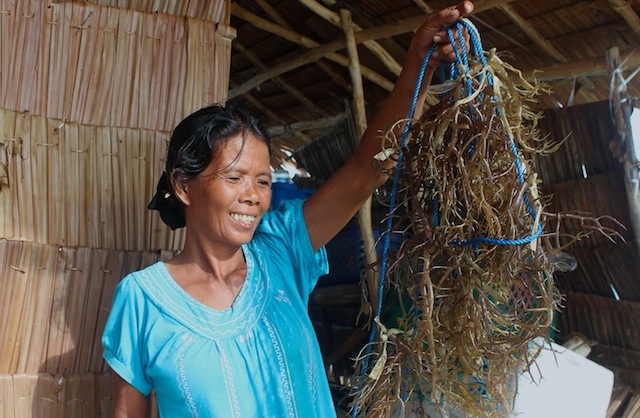The world needs to make strong commitments to develop green economy strategies or action plans at the national level, Global Green Growth Institute director-general Yvo de Boer said.
De Boer, a former executive secretary of the United Nations Framework Convention on Climate Change (UNFCCC) said that local governments must adopt the green growth agenda in crafting their development plans. This, he said, is essential in achieving sustainable growth that takes into account how to lower the impact of man on the environment, and thus help lower carbon footprint while ensuring that everyone has access to growth opportunities in the form of jobs and access to properly managed resources.
“There is a strong need to increase political commitment for green growth,” said de Boer in an email interview.
The GGGI, an international organization, works with developing and emerging countries around the world to put green growth at the heart of economic planning.
In the Philippines, for instance, the GGGI has awarded the efforts of three towns for their innovative and ecological sustainable projects. San
The town of San Vicente in Palawan bagged an award for climate proofing by Seoul-based Global Green Growth Institute with its project to promote seaweed farming as an alternative livelihood. The other two are the municipalities of Tanay in Rizal province for its biocharcoal project and the town of Del Carmen in Surigao del Norte for its mangrove protection project.
Promoting strong, sustainable economic growth
The local government unit of San Vicente worked with the Climate Change Commission (CCC) to climate proof its five-year development plan.
Climate proofing simply refers to mainstreaming climate change into local development plans by integrating issues on climate impact and how to solve this through a mix of local multi-stakeholder interventions.
CCC Commissioner Manny de Guzman said that there is a need to climate proof development plans to ensure resilience in communities as a way of lowering the impacts of climate change-related disasters.
The town of San Vicente relies on agricultural farming and fishing as major sources of livelihood. About 50 percent of the total workforce here are fisherfolks. Nonetheless, food security has been an issue in the community, with most of the rice produced consumed here and the unfilled demand requiring rice imports from other parts of Palawan.
Seaweed farmers Jeremias Bosostros and his wife Maria, who pioneered seaweed farming in the southern part of Palawan in early 1990 said that the move to seaweed farming was a result of the need to earn due to overfished seas in this part of the Philippines. This happened in the 1980s when the bountiful seas of Palawan attracted illegal fishers to use dynamite and cyanide to earn more from their catch while sacrificing the reefs and the overall long-term health of the marine resources.
Seaweeds that produce edible carrageenan and agar agar, which are used for gelatin and food production are among the top products of Palawan, which is being exported abroad.
photo credit: UNFCCC; AValmero
Anna Valmero
Latest posts by Anna Valmero (see all)
- Thousands took to the streets of Paris for climate action - December 13, 2015
- Rallies call for climate change action - December 12, 2015
- Climate-induced migration must be at the core of the Paris deal - December 11, 2015

